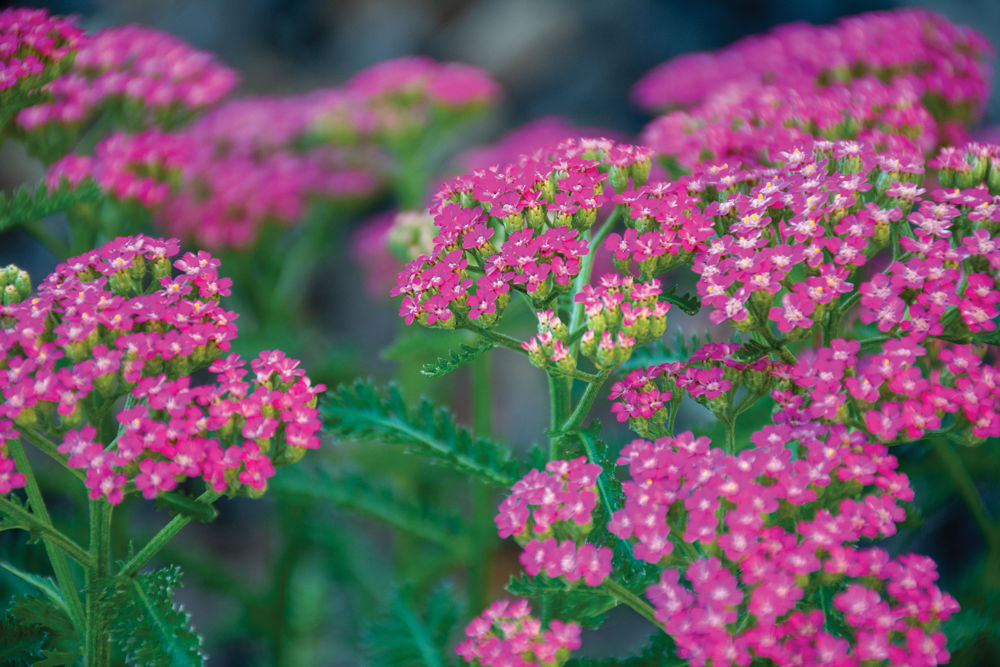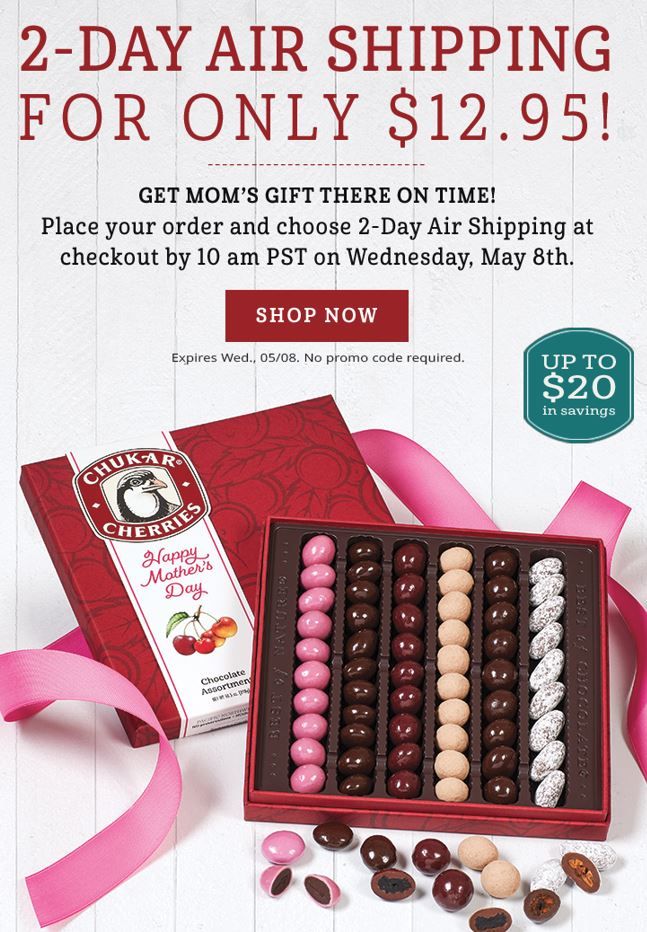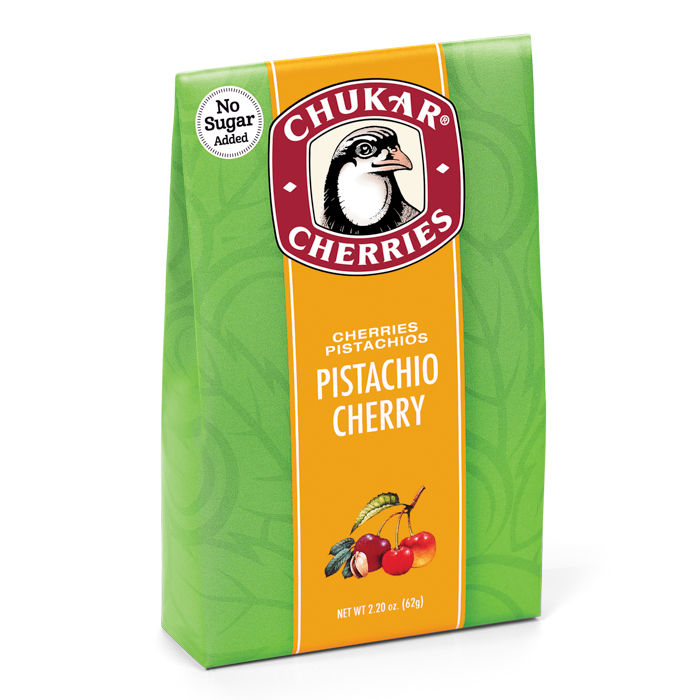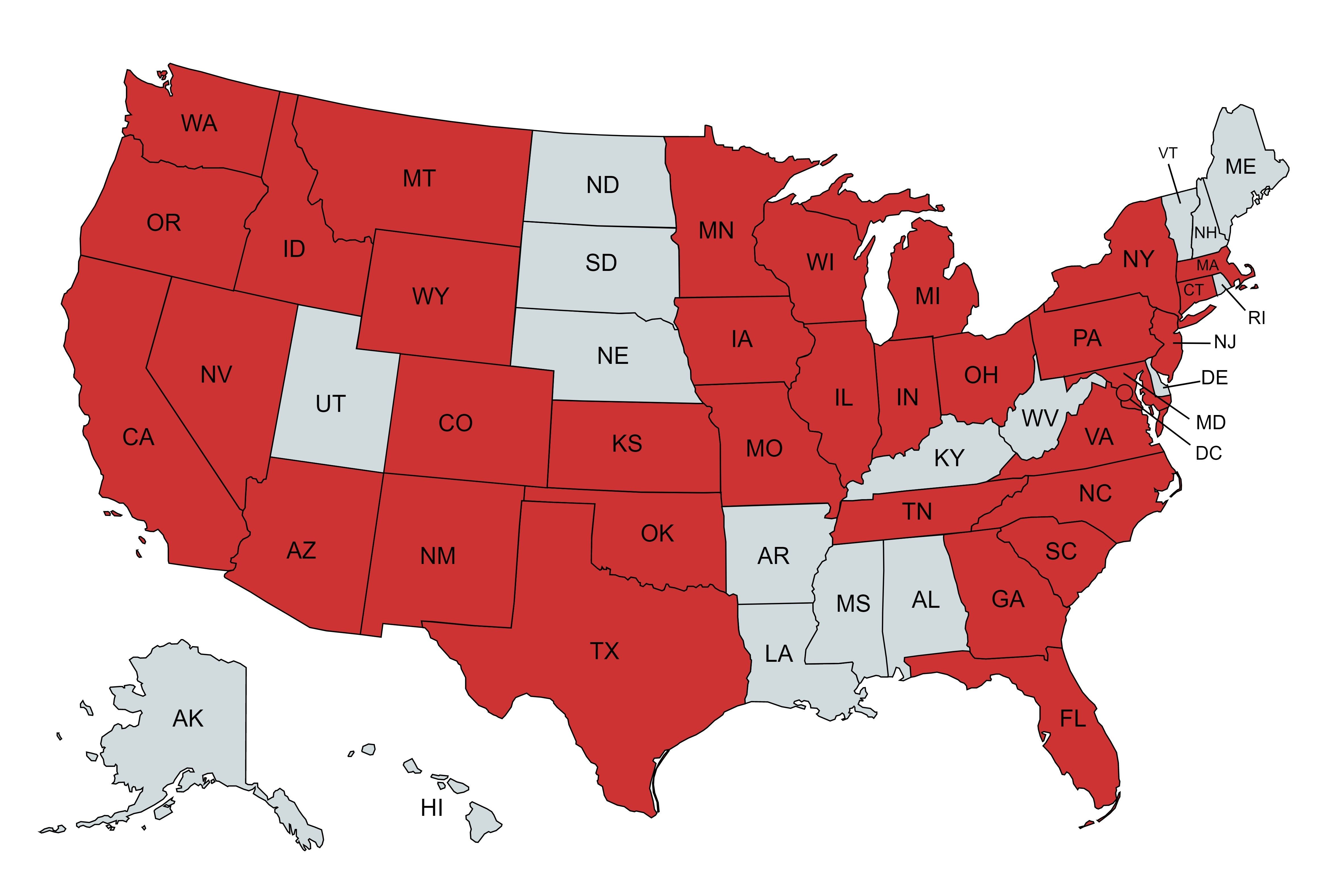How to Create a Pollinator Friendly Garden in the Columbia River Basin
Pollinators such as bees, butterflies, and beetles are vital to our food supply. Pollinators are responsible for one out of every three bites that we eat, including our beloved cherries, berries, and nuts.
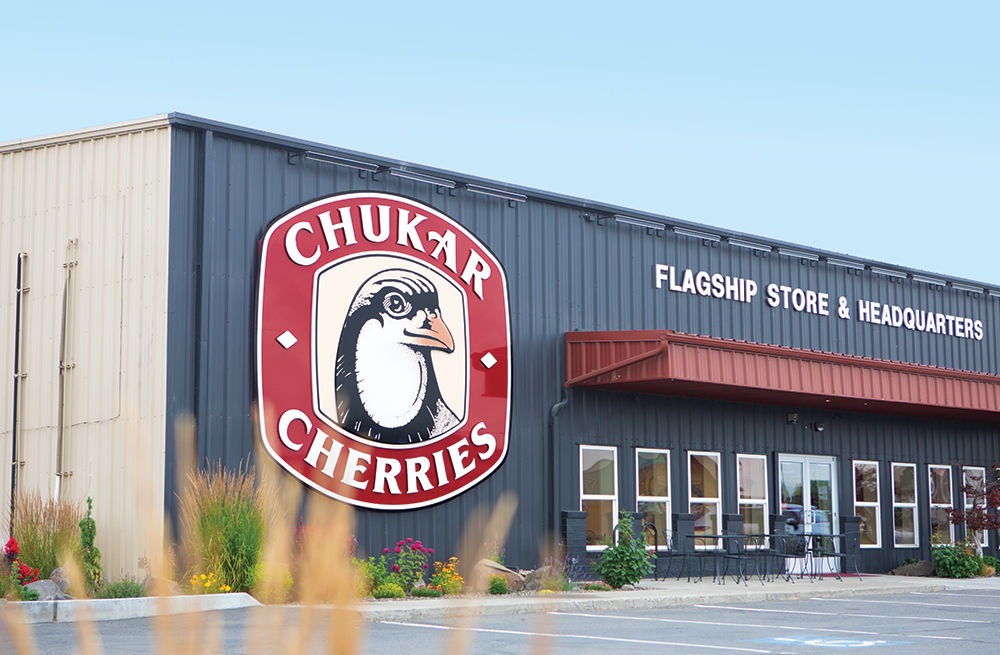 As part of our commitment to pollinator conservation, our Flagship Store & Factory Headquarters in Prosser, Washington recently expanded its garden with more flowering perennials and shrubs, including penstemon, Russian sage, agastache, and more. These colorful plants bloom from early spring through late fall and are adapted to thrive in our dry climate. Our garden also showcases blanket flower and yarrow—top picks for attracting beneficial pollinators to local orchards. Finally, our garden also pays homage to the geologic heritage of our region with basalt boulders and crushed rock substrate. Overall, it’s a delightful place to sit in the shade and enjoy a cherry spritzer!
As part of our commitment to pollinator conservation, our Flagship Store & Factory Headquarters in Prosser, Washington recently expanded its garden with more flowering perennials and shrubs, including penstemon, Russian sage, agastache, and more. These colorful plants bloom from early spring through late fall and are adapted to thrive in our dry climate. Our garden also showcases blanket flower and yarrow—top picks for attracting beneficial pollinators to local orchards. Finally, our garden also pays homage to the geologic heritage of our region with basalt boulders and crushed rock substrate. Overall, it’s a delightful place to sit in the shade and enjoy a cherry spritzer!
 This year, we also committed to donating a portion of our BEELIEVE Columbia Valley Chardonnay to pollinator conservation. Our garden updates and conservation donations build on existing environmental initiatives, including local fruit sourcing, low impact packaging, and minimal waste—including composting all pits and stems from cherry processing.
This year, we also committed to donating a portion of our BEELIEVE Columbia Valley Chardonnay to pollinator conservation. Our garden updates and conservation donations build on existing environmental initiatives, including local fruit sourcing, low impact packaging, and minimal waste—including composting all pits and stems from cherry processing.
You might be asking—how are pollinators important to cherry production? Why are pollinators important to us at Chukar Cherries? All cherries require pollinators to move pollen within and between flowers to accomplish pollination. When a bee collects nectar from a flower, pollen from the stamen—the male reproductive part of the flower—sticks to tiny hairs on the bee’s body. When the bee visits another flower, that pollen transfers to the stigma—the female reproductive organ of the flower. This process of pollination produces fruit.
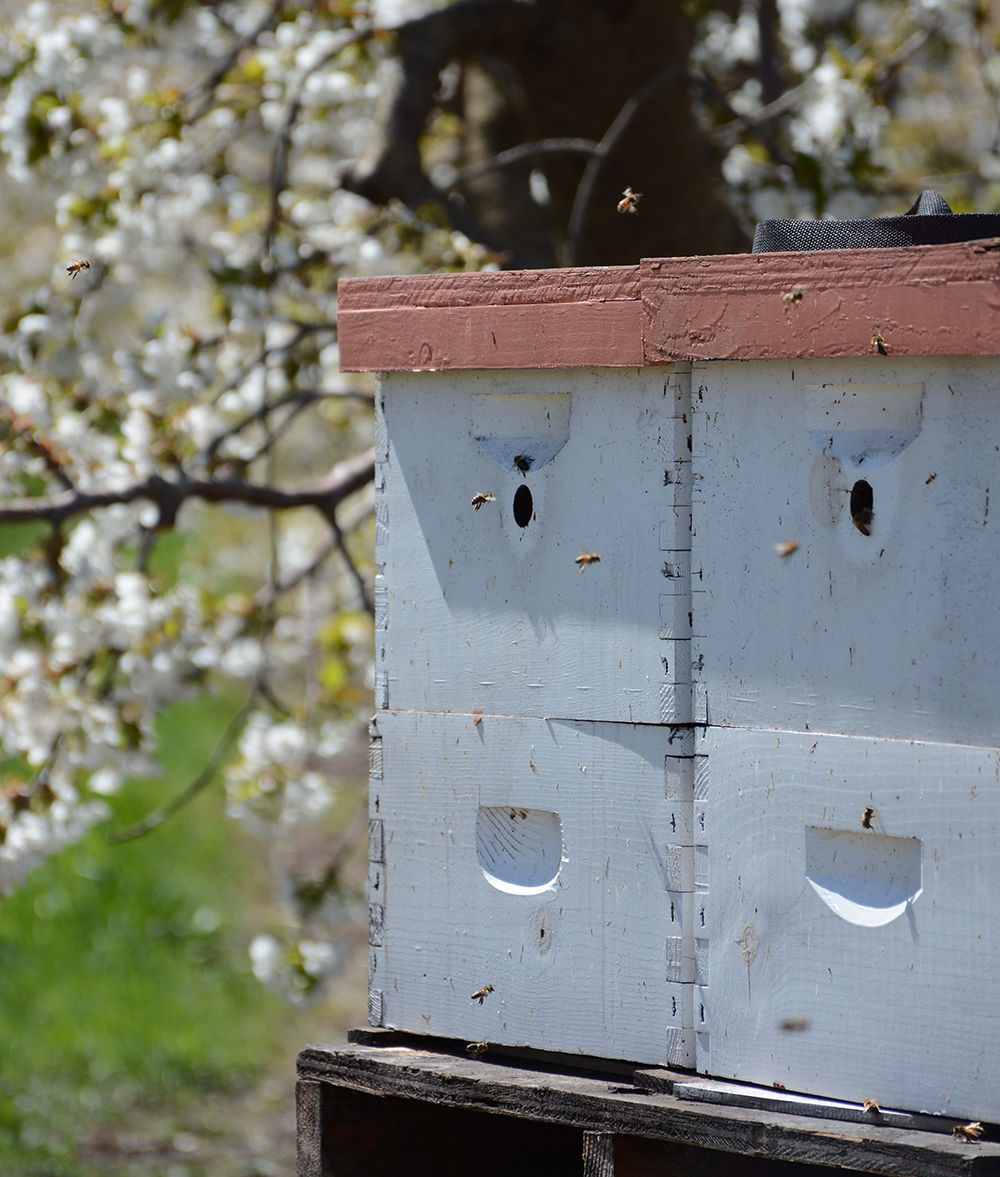 The most important cherry pollinators are honey bees, which are typically transported by commercial beekeepers into blooming orchards to accomplish their important task. Mason bees and wild bumble bees can also support crop pollination when adjacent non-crop flowering habitat is provided in buffer areas adjacent to an orchard.
The most important cherry pollinators are honey bees, which are typically transported by commercial beekeepers into blooming orchards to accomplish their important task. Mason bees and wild bumble bees can also support crop pollination when adjacent non-crop flowering habitat is provided in buffer areas adjacent to an orchard.
Cherry production is totally reliant on pollination—the more cherry blossoms that are pollinated, the more fruit will set on the tree. The pollination period itself averages just seven to eight days. For that reason, any given cherry crop is very sensitive to weather conditions during pollination.
If you are interested in gardening for pollinators, here are a few core tenants adapted from Washington State University’s “Plants to Attract Bees & Butterflies” brochure:
Choose a variety of plants that bloom from early spring to late fall
- Native plants are most beneficial to pollinators; perennial cultivars adapted to the local climate and soils can also be helpful
- Avoid modern hybrids, as they tend not to have pollen, nectar, or fragrance
- Reduce or eliminate pesticides and insecticides
- Build a damp salt lick for butterflies & bees
- Consider filling a birdbath with gravel and water to create a readily available water source
- Consider leaving a dead stump, limb, or bundle of hollow twigs for a pollinator nesting site
Below are FREE resources to develop your own pollinator-friendly garden in the Columbia River Basin:
- WSU – Plants to Attract Bees and Butterflies
- WSU – Native Plants in Orchards
- Wild Ones Garden Design – Columbia River Basin
- Heritage Gardens -- Yakima County
- Heritage Gardens – Benton-Franklin County
Below is a wonderful FREE resource to develop your own pollinator-friendly garden specific to your region:
